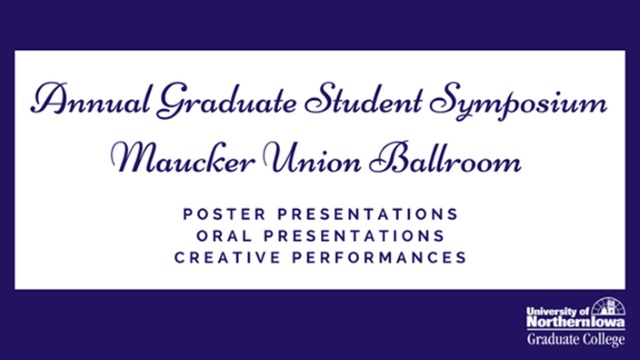
Complete Schedule
Are the Deaf Stigmatized
Presentation Type
Poster Presentation (Electronic Copy Not Available)
Keywords
Deaf--Public opinion;
Abstract
In the United States, there are currently around 11,000,000 citizens who are hard-of-hearing and/or functionally deaf (Mitchell, 2005), indicating that a fairly large amount of the United States population are affected by some form of hearing loss. There is little research assessing how the hearing community views the deaf, and the few studies that have been done were conducted several years ago. I hypothesized that (1) participants would report greater desired social distance from deaf individuals than blind individuals and individuals from one’s home state, but less social distance than obese individuals, and (2) individuals who have increased contact with deaf individuals will report less social distance. Five hundred and seventy five participants indicated how comfortable they would feel in a variety of situations with either a deaf, blind, or obese person or a person from their home state (comparison group) as well as how much and what type of contact they had with deaf individuals. Participants indicated the least comfort with people who are obese, followed by the deaf, the blind, and finally those from their home state, Amount of contact and knowledge of ASL was not related to comfort with deaf individuals, but quality of contact predicted more comfort. Although the deaf are stigmatized, they may be less stigmatized than other groups, such as those who are obese. These findings suggest that more instances of positive contact with stigmatized groups can help reduce one’s desired social distance.
Start Date
3-4-2019 11:00 AM
End Date
3-4-2019 1:00 PM
Faculty Advisor
Helen Harton
Department
Department of Psychology
Copyright
©2019 Christina Fortuna
File Format
application/pdf
Embargo Date
4-16-2019
Are the Deaf Stigmatized
In the United States, there are currently around 11,000,000 citizens who are hard-of-hearing and/or functionally deaf (Mitchell, 2005), indicating that a fairly large amount of the United States population are affected by some form of hearing loss. There is little research assessing how the hearing community views the deaf, and the few studies that have been done were conducted several years ago. I hypothesized that (1) participants would report greater desired social distance from deaf individuals than blind individuals and individuals from one’s home state, but less social distance than obese individuals, and (2) individuals who have increased contact with deaf individuals will report less social distance. Five hundred and seventy five participants indicated how comfortable they would feel in a variety of situations with either a deaf, blind, or obese person or a person from their home state (comparison group) as well as how much and what type of contact they had with deaf individuals. Participants indicated the least comfort with people who are obese, followed by the deaf, the blind, and finally those from their home state, Amount of contact and knowledge of ASL was not related to comfort with deaf individuals, but quality of contact predicted more comfort. Although the deaf are stigmatized, they may be less stigmatized than other groups, such as those who are obese. These findings suggest that more instances of positive contact with stigmatized groups can help reduce one’s desired social distance.


